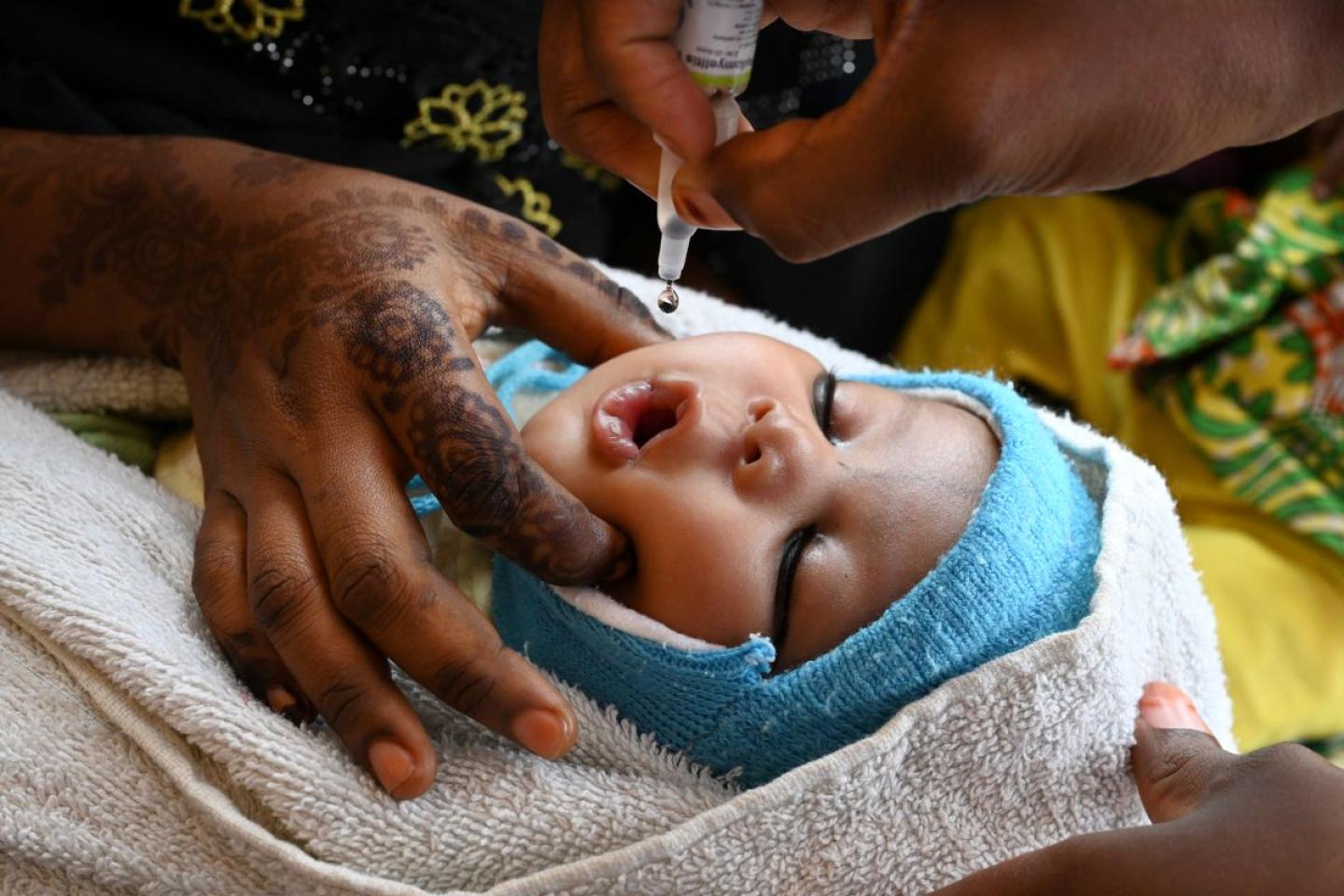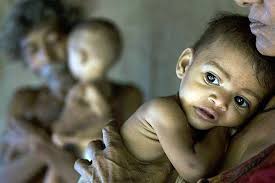
Table of Contents
Polio, or poliomyelitis, is a highly infectious viral disease caused by the poliovirus, which mainly affects young children. The virus attacks the nervous system and, in severe cases, can lead to permanent paralysis or even death.
Thanks to global vaccination drives, polio cases have dropped by over 99% since 1988, and India was declared polio-free in 2014. However, the disease still exists in a few countries, making continuous vaccination and awareness essential to prevent its comeback.
🔎 Causes / Risk Factors
Polio spreads primarily through the fecal-oral route and, in rare cases, through contaminated food, water, or saliva.
Causes:
- Virus entry through contaminated hands, food, or water.
- Close contact with an infected person.
- Poor sanitation and hygiene.
Risk Factors:
- Unvaccinated children under age 5 (most vulnerable).
- Living in areas with poor hygiene and sanitation.
- Traveling to regions where polio is still present.
- Weakened immune system.
⚠ Common Issues / Symptoms
Most polio infections cause no symptoms (asymptomatic), but in some cases, the virus progresses to severe disease.
🔴 Non-Paralytic Polio (Milder form)
- Fever, sore throat
- Headache
- Vomiting
- Fatigue
- Muscle stiffness or pain
⚡ Paralytic Polio (Severe form)
- Sudden onset of weakness or paralysis (often in legs)
- Loss of reflexes
- Severe muscle pain or spasms
- Permanent deformities in limbs
- Difficulty breathing (if respiratory muscles are affected)
👉 Only about 1 in 200 infections leads to irreversible paralysis, but that risk is enough to make prevention critical.
📊 Table 1: Myths vs Facts
| Myths | Facts |
|---|---|
| Polio is completely gone | Polio still exists in Afghanistan & Pakistan, risk of return remains |
| Only children get polio | Adults can get infected if not vaccinated |
| Polio spreads by casual contact (hugging, touching) | It spreads through contaminated food, water, and feces |
| Once paralyzed, recovery is possible | Polio paralysis is permanent |
| Vaccination is no longer needed | Polio vaccines are still necessary to prevent re-emergence |
📋 Table 2: Do’s and Don’ts
| Do’s ✅ | Don’ts ❌ |
|---|---|
| Get your child fully vaccinated (OPV/IPV) | Skip doses, thinking polio is eradicated |
| Practice good hygiene & sanitation | Drink untreated or dirty water |
| Support national immunization programs | Believe polio is “gone forever” |
| Ensure travelers to endemic areas are vaccinated | Delay vaccinations for children |
| Educate others about prevention | Stigmatize polio survivors |
🌱 Prevention / Awareness Tips
- Vaccination is the only protection – Oral Polio Vaccine (OPV) and Inactivated Polio Vaccine (IPV).
- Maintain hygiene & sanitation – Wash hands, use clean toilets, drink safe water.
- Support mass immunization campaigns – “Pulse Polio” drives are crucial.
- Community responsibility – Every child must be vaccinated to ensure herd immunity.
- Travel awareness – Get vaccinated before traveling to polio-affected areas.
💊 Treatment / Care
⚠ There is no cure for polio — prevention through vaccination is the only way to stop it.
However, supportive treatment helps:
- Physical therapy: Prevents deformities and improves mobility.
- Assistive devices: Braces, crutches, or wheelchairs for mobility.
- Pain relief: Medicines to manage muscle pain and stiffness.
- Rehabilitation programs: Help survivors live independent lives.
📖 Case Study / Real-Life Example
India was once the epicenter of polio, with nearly 60% of global cases in 2009. Through massive campaigns like Pulse Polio Immunization (1995 onwards), involving door-to-door vaccination of millions of children, India was declared polio-free in 2014.
This stands as one of the greatest public health achievements in history — showing that awareness, vaccination, and community participation can defeat deadly diseases.
❓ FAQs
Q1. Is polio curable?
A1. No cure exists — only prevention through vaccination.
Q2. Can adults get vaccinated?
A2. Yes, adults traveling to risk areas should get booster doses.
Q3. Why do children need multiple doses?
A3. Multiple doses build stronger immunity, as the vaccine works best in repeated rounds.
Q4. Is polio eradicated worldwide?
A4. No. Still present in Afghanistan & Pakistan, and outbreaks occur in some African countries.
Q5. What is “post-polio syndrome”?
A5. A condition where polio survivors develop muscle weakness years after recovery.
Q6. Can polio return to polio-free countries?
A6. Yes, if vaccination coverage drops, imported cases can trigger outbreaks.
🏁 Conclusion
Polio is a disease we are close to eradicating, but the fight is not over. Vaccination remains the strongest weapon. Every child immunized is a step toward a polio-free world.
💡 Remember: “Two drops of life” not only protect your child, but also protect the entire community
